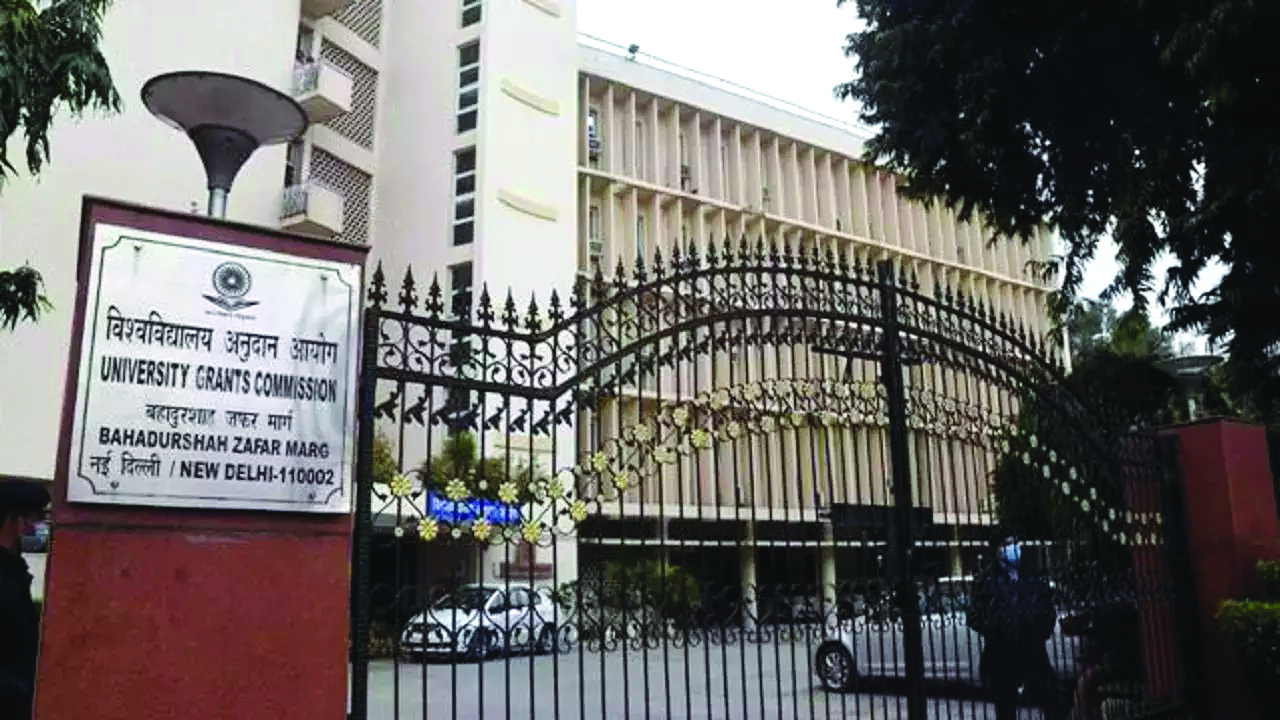Autar Nehru (Delhi)
 The UGC (setting up and Operation of Campuses of Foreign Higher Educational Institutions in India) Regulations, 2023, notified on November 7 by the apex Delhi-based University Grants Commission (UGC), has evoked disappointment and skepticism within academia. Long in the works, the Regulations are unlikely to enthuse foreign universities to establish branch campuses in India. Certainly not universities top-ranked by the London-based QS and THE (Times Higher Education) which annually publish their highly-respected global universities league tables ranking the world’s 3,000 best universities on several parameters of higher education excellence (faculty competence, research output, infrastructure etc).
The UGC (setting up and Operation of Campuses of Foreign Higher Educational Institutions in India) Regulations, 2023, notified on November 7 by the apex Delhi-based University Grants Commission (UGC), has evoked disappointment and skepticism within academia. Long in the works, the Regulations are unlikely to enthuse foreign universities to establish branch campuses in India. Certainly not universities top-ranked by the London-based QS and THE (Times Higher Education) which annually publish their highly-respected global universities league tables ranking the world’s 3,000 best universities on several parameters of higher education excellence (faculty competence, research output, infrastructure etc).
The urge to invite foreign universities to establish campuses in India has become pressing because the demand for foreign education is rising exponentially despite universities abroad continuously raising tuition and residential accommodation fees for international students. With the great majority of India’s 42,000 undergrad colleges and 1,100 universities — the majority run by state governments — providing low grade, poor quality education and relatively superior Central universities admitting only a small percentage of school leavers and graduate students, the outflow of students streaming abroad for superior qualifications has become a torrent.
An estimated 1.3 million students are signing up with varsities abroad every year spending an aggregate $80 billion (Rs.6.64 lakh crore) which is several multiples of the total annual budgetary outlay for education of the Central government. Currently, Indian students comprise the largest cohort of foreign students in the US and UK and are flooding the Anglosphere (Canada, Australia). They are also becoming increasingly visible in Germany, France, and East European countries and even China which is becoming a popular destination for the study of medicine, a popular middle class vocation for which India’s 704 medical colleges are totally inadequate.
With the Central and state governments which run large fiscal deficits unable to meet the demand for quality higher education of the fast-expanding middle class whose number has risen to an estimated 430 million, the next best option that has been in the works since the landmark liberalisation of the self-reliant Indian economy in 1991, is to invite foreign universities to establish campuses in India.
The idea of attracting foreign universities to India was first mooted by the National Knowledge Commission in the early years of the new millennium. In 2007, the Foreign Higher Educational Institutions (Regulations of Entry, Operation of Quality and Prevention of Commercialisation) Bill was presented in Parliament but scuttled at the last moment by leftie HRD minister Arjun Singh.
Again in 2010, after the Congress-led UPA-II government was voted to power at the Centre for a second term, a revised Foreign Educational Institutions (Regulation of Entry and Operations) Bill, 2010 was tabled in Parliament. But it was vehemently opposed by the BJP and communist parties leading to a stalemate and eventually killed.
However with the high-powered Kasturirangan Committee endorsing this proposal, the National Education Policy (NEP) 2020 reflects a BJP about turn. Except this time round instead of legislation enacted by Parliament, the proposal is routed through UGC under ss. 12 and 26 of the University Grants Commission Act, 1956.
Nevertheless, the heavy hand of the educracy which is reluctant to surrender its control-and-command powers over higher education, is discernible in the new UGC Regulations. Applicant foreign universities have to be ranked among the Global 500 in league tables approved by UGC from “time to time,” degrees awarded have to be on a par with country of origin, tuition fees have to be reasonable, faculty employed have to be on a par with country of origin, study programmes should not be contrary to sovereignty of India and should adhere to public order, decency and morality. In short, foreign universities that establish campuses in India will be tightly controlled through discretionary rules and regulations.
“The UGC Regulations have numerous provisions that are vague and open to interpretation. These days onus is on host countries to create attractive and enabling ecosystems for world-class universities to set up campuses in host countries. In some cases host countries provide land and funding to foreign varsities. My humble suggestion is that we should focus on how Indian universities can collaborate with leading international universities. This will not only help us to fulfill the vision of NEP 2020, but also create extraordinary opportunities for students and faculty in India to engage with leading universities of the world. The capital-intensive campuses investment model envisaged by UGC will not work in India and runs the risk of making higher education highly inaccessible and non-inclusive,” warns Dr. C. Raj Kumar, vice chancellor of the private top-ranked O.P. Jindal Global University, Sonipat (Haryana).
Adds Prof. Sudhir Sopory, former vice chancellor of the high-ranked Jawaharlal Nehru University, Delhi: “If these rules and regulations are enacted, the best that can be expected is foreign universities entering India in asset light form, partnering with local universities/edupreneurs to export intellectual property without investing in back-home style capital-intensive campuses.”
Evidently UGC babus are unaware that in foreign universities which have built reputations over decades, if not centuries, they take the word “autonomy” seriously.



























